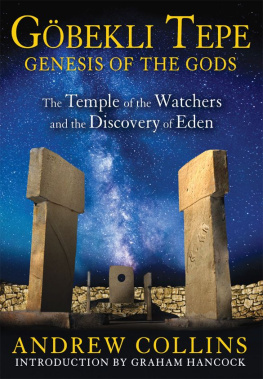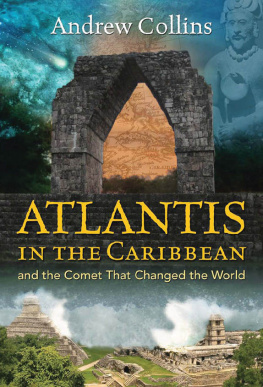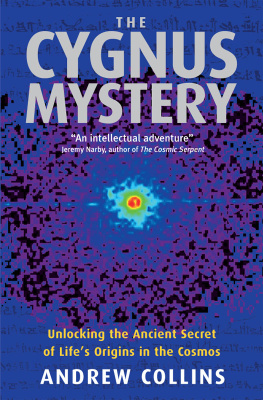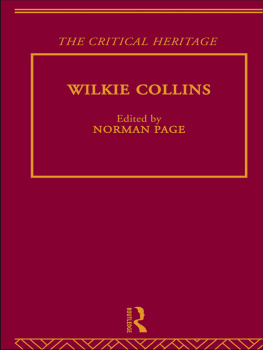Andrew Collins - The Cygnus Key
Here you can read online Andrew Collins - The Cygnus Key full text of the book (entire story) in english for free. Download pdf and epub, get meaning, cover and reviews about this ebook. year: 2018, publisher: Inner Traditions/Bear & Company, genre: Science fiction. Description of the work, (preface) as well as reviews are available. Best literature library LitArk.com created for fans of good reading and offers a wide selection of genres:
Romance novel
Science fiction
Adventure
Detective
Science
History
Home and family
Prose
Art
Politics
Computer
Non-fiction
Religion
Business
Children
Humor
Choose a favorite category and find really read worthwhile books. Enjoy immersion in the world of imagination, feel the emotions of the characters or learn something new for yourself, make an fascinating discovery.

- Book:The Cygnus Key
- Author:
- Publisher:Inner Traditions/Bear & Company
- Genre:
- Year:2018
- Rating:3 / 5
- Favourites:Add to favourites
- Your mark:
- 60
- 1
- 2
- 3
- 4
- 5
The Cygnus Key: summary, description and annotation
We offer to read an annotation, description, summary or preface (depends on what the author of the book "The Cygnus Key" wrote himself). If you haven't found the necessary information about the book — write in the comments, we will try to find it.
The Cygnus Key — read online for free the complete book (whole text) full work
Below is the text of the book, divided by pages. System saving the place of the last page read, allows you to conveniently read the book "The Cygnus Key" online for free, without having to search again every time where you left off. Put a bookmark, and you can go to the page where you finished reading at any time.
Font size:
Interval:
Bookmark:
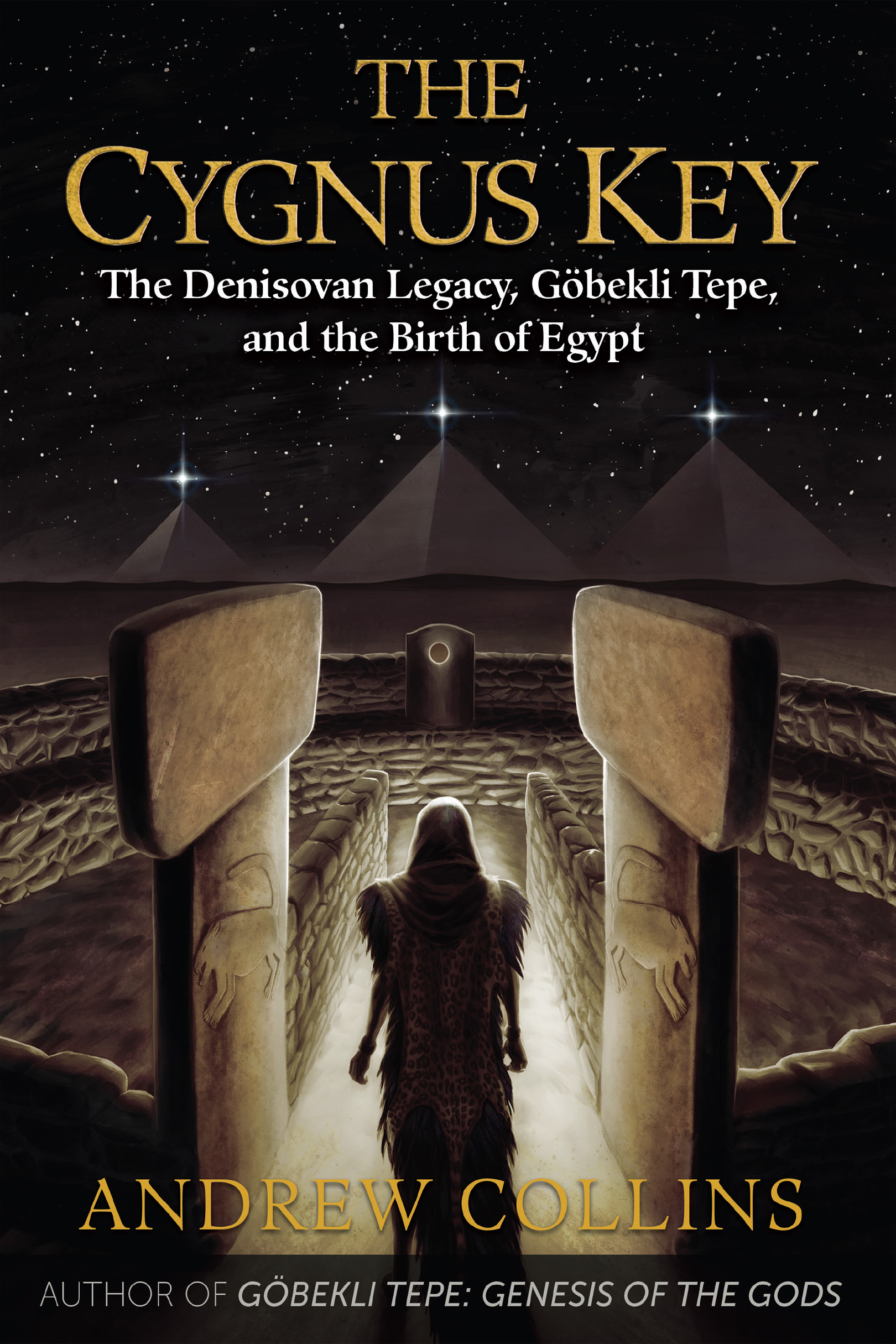
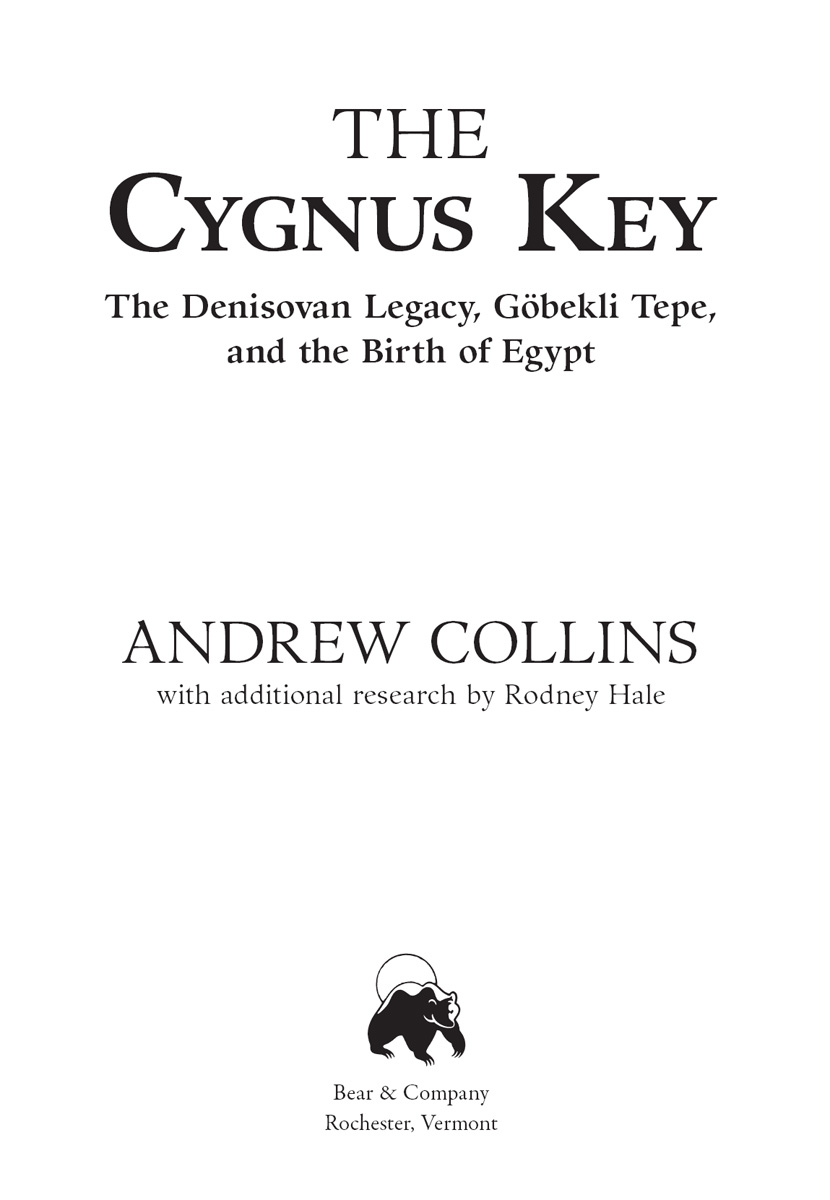
For
Geoffrey Ashe,
A true pioneer in the quest of discovery,
And Rodney Hale,
Without whom this book might never have happened
THE
CYGNUS KEY
The Cygnus Key is the new astronomical paradigm that shines light on the primal awakening of human consciousness, sparked by the discovery of precession cycles, sound acoustics, and number cosmology. Andrew Collins had already decoded the alignments to the Cygnus star system at Gbekli Tepe and the Giza pyramid complex in his book Gbekli Tepe: Genesis of the Gods. Now, going back even further to 45,000 years ago, he explores how our ancestors first discovered the Cygnus connection, the pathway of souls through the constellation of the swan. This brilliant book is the sign Ive been waiting for! We are recovering from our species trauma from the great cataclysms 12,000 years ago. The Cygnus Key is a must-read for all students of ancient timelines, star alignments, and cosmology.
BARBARA HAND CLOW, AUTHOR OF AWAKENING THE PLANETARY MIND AND REVELATIONS OF THE AQUARIAN AGE
The Cygnus Key is a monumental work bringing numerous ancient mysteries into focus. It provides a lucid and well-reasoned understanding for readers who make the effort to digest it all. Starting with the amazing site of Gbekli Tepe, Collins leads the reader to Egypt and various other ancient civilizations. He shows how both Orion and Cygnus were key astronomical elements in the ancient worlds understanding of the souls journey to the stars and the probable source of these beliefs.
GREGORY L. LITTLE, PH.D., AUTHOR OF THE ILLUSTRATED ENCYCLOPEDIA OF NATIVE AMERICAN INDIAN MOUNDS & EARTHWORKS
A dynamic quest to discover the cosmology of our earliest ancestors and its relevance today. Collins takes us on a convincing journey following the lore of the constellation of Cygnus. From Gbekli Tepe to the pyramids of Egypt and the archaic myths of Greece, we are led to humanitys ultimate psycho-spiritual roots in the Paleolithic world of Russian Siberia and the realm of the Denisovans. A triumph.
CAROLINE WISE, EDITOR OF FINDING ELEN: THE QUEST FOR ELEN OF THE WAYS AND COEDITOR OF THE SECRET LORE OF LONDON
ACKNOWLEDGMENTS
I would like first to thank Debbie Cartwright and Richard Ward, whose intuitive thoughts and guidance have been essential in the books creation. I would also like to thank Rodney Hale, for his unerring support and critical observations in every technical aspect of this project, as well for his hard work in the creation of so many essential illustrations; Greg and Lora Little, for their continued friendship, support, and belief in my work; Catherine Hale, Caroline Wise, and Bob Trubshaw, for line reading and suggestions; Jan Summers Duffy, Kira Van Deusen, Juan Antonio Belmonte, and Uzi Avner, for their scholarly advice and help; Russell M. Hossain, for the cover artwork and illustrations; Daniel Kordan, for use of the image of Ergaki; Nick Burton, for his illustrations and comments; Hugh Newman, for his partnership in our various explorations and ventures around the world; Rob Macbeth, for recording everything that comes out of my head on an intuitive level; and Geoffrey Ashe, for being a pioneer in this field, and for recognizing the importance of the Altai-Baikal seedbed long before I ventured down this same road.
In addition to this, I would like to thank the following people for their friendship and support: Abbie and Buster Todd; my goddaughter, Darcie; Leela Bunce; my godson, Eden; Rene Goulet; Paul Weston; Joan Hale; Robert Bauval; Jay Druce; Matthew Smith; Maria Smith, Yuri Leitch; Michael Staley; Yvan Cartwright; Graham Phillips; Eileen Buchanan; Roma Harding; Gordon Service; Ramon Zrcher; Brent Raynes; Patricia Awyan; Adam Crowl; Rowan Campbell Miller; Marion Briggs; Graham Hancock; Brien and Irene Foerster; Jim Vieira; Brian Wilkes; Nigel Skinner Simpson; Storm Constantine; Jim Hibbert; and everyone at Gaia TV and also at Prometheus Productions, the makers of History Channels Ancient Aliens. Finally, I would like to thank Jon Graham; John Hays; Manzanita Carpenter; Patricia Rydle; Mindy Branstetter; Erica B. Robinson; Kelly Bowen; and all the staff at Inner Traditions for their patience and support for this project, which has been five years in the making.
PREFACE
LAST OF THE DENISOVANS
T he date is approximately 45,000 years ago; the location, a mountain pass somewhere in the Altai-Sayan region of southern Siberia. From a rocky vantage point, four tall, darkened forms emerge into view from behind a patch of cold early-morning mist. They stand a few meters apart, gazing toward the only path permitting access to the mountains central plateau.
Each figure is of extraordinary size, being as much as 7 feet (2.15 meters) in height. Their stature is that of giant wrestlers, their enormous frames accentuated by broad shoulders and streams of furs that immerse their bodies from head to feet. Their heads also are of incredible size, being both long and broad, with large, powerful jaws. What little can be seen of their exposed skin suggests it is brown; their long, matted hair either dark or the color of straw. Adding to the almost alien appearance of these strange individuals are their extremely large noses and unusual eyes, which have striking black pupils and irises so pale they seem almost white. Completing the picture are the long, dark feathers attached to their furs, which blow about in the gentle breeze that has followed the first light of day.
They are Denisovans, members of an archaic human population whose very existence had gone unrecognized until the first decade of the twenty-first century, when oversized fossil remains were discovered in a large cave in the Altai Mountains of southern Siberia.
The purpose of these four figures at the head of this rocky pass is to await the arrival of othersa new people from a distant land located in the direction of the setting sun. In small groups these people have been approaching ever nearer to the Denisovans mountain retreats, and now, finally, they were within sight, moving slowly toward the Denisovanss elevated position. These intruders were shorter and more slightly built, their heads smaller and more elongated. Furthermore, their approach to life seemed quite different. They enter new territories, assume control of them, and exploit their natural resources before dispatching some of their growing number in pursuit of even more suit-able places of occupation. They have been advancing in this manner for several thousand years, encountering and even interbreeding with the Old People of the West, who will one day become known as Neanderthals. For countless millennia the Old People have occupied vast swaths of the western Eurasian continent, while the Denisovans have been content to remain in the eastern part of the continent.
Now, finally, the New People had arrived in the Altai-Sayan region and were about to encounter a small group of Denisovans for the very first time. Their advance party was perhaps ten to twelve in number. They too wore furs to combat the colder climate found at these higher altitudes, and in the hands of some of them were long wooden spears. One, the leader of the group, was brandishing his weapon in a provocative manner, as if ready to attack at the first sign of aggression from the tall strangers.
Yet the Denisovans say and do nothing. They simply stand their ground, gazing down at the intruders, who are now shuffling to a halt no more than 15 meters away.
Font size:
Interval:
Bookmark:
Similar books «The Cygnus Key»
Look at similar books to The Cygnus Key. We have selected literature similar in name and meaning in the hope of providing readers with more options to find new, interesting, not yet read works.
Discussion, reviews of the book The Cygnus Key and just readers' own opinions. Leave your comments, write what you think about the work, its meaning or the main characters. Specify what exactly you liked and what you didn't like, and why you think so.

